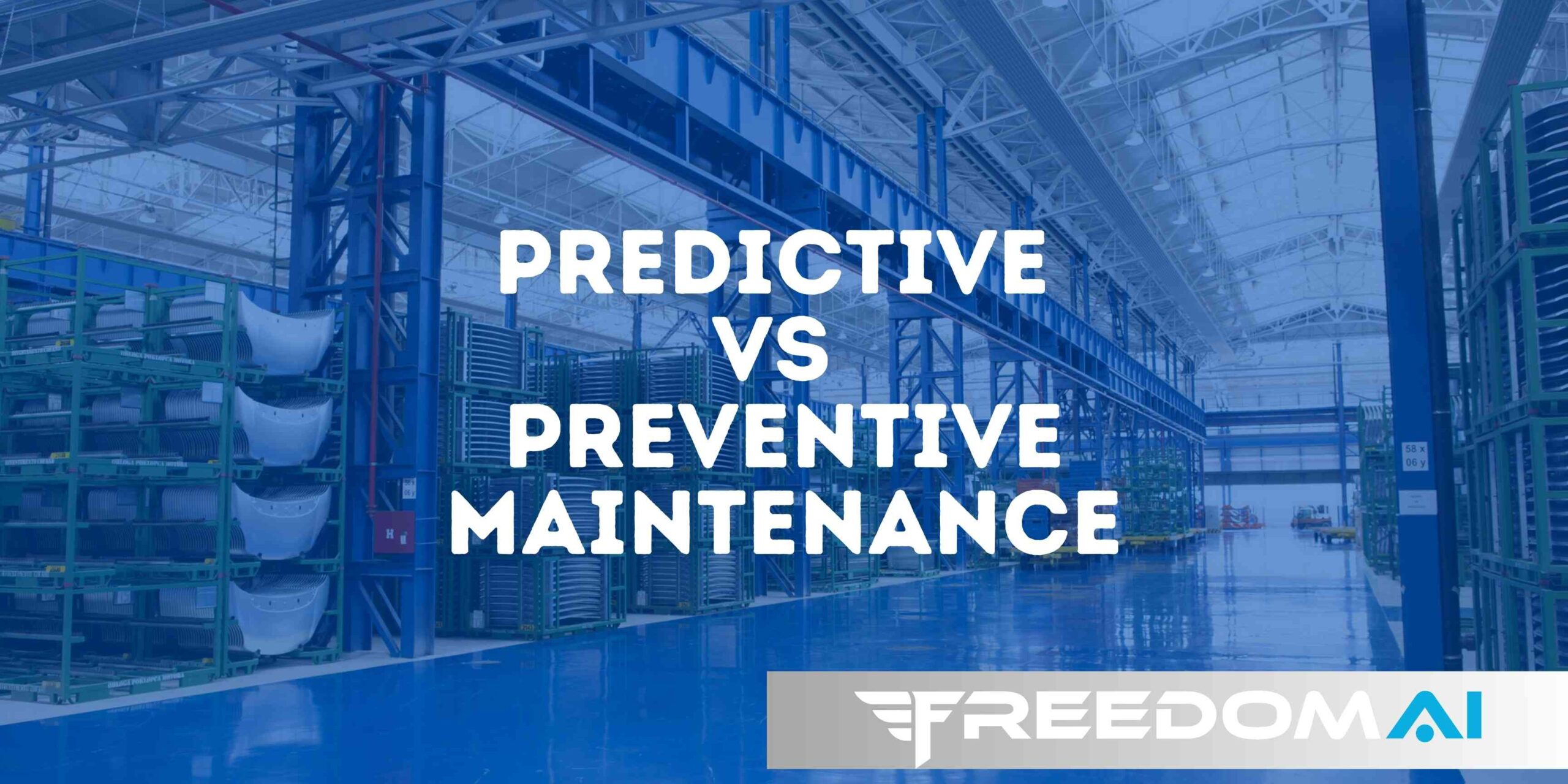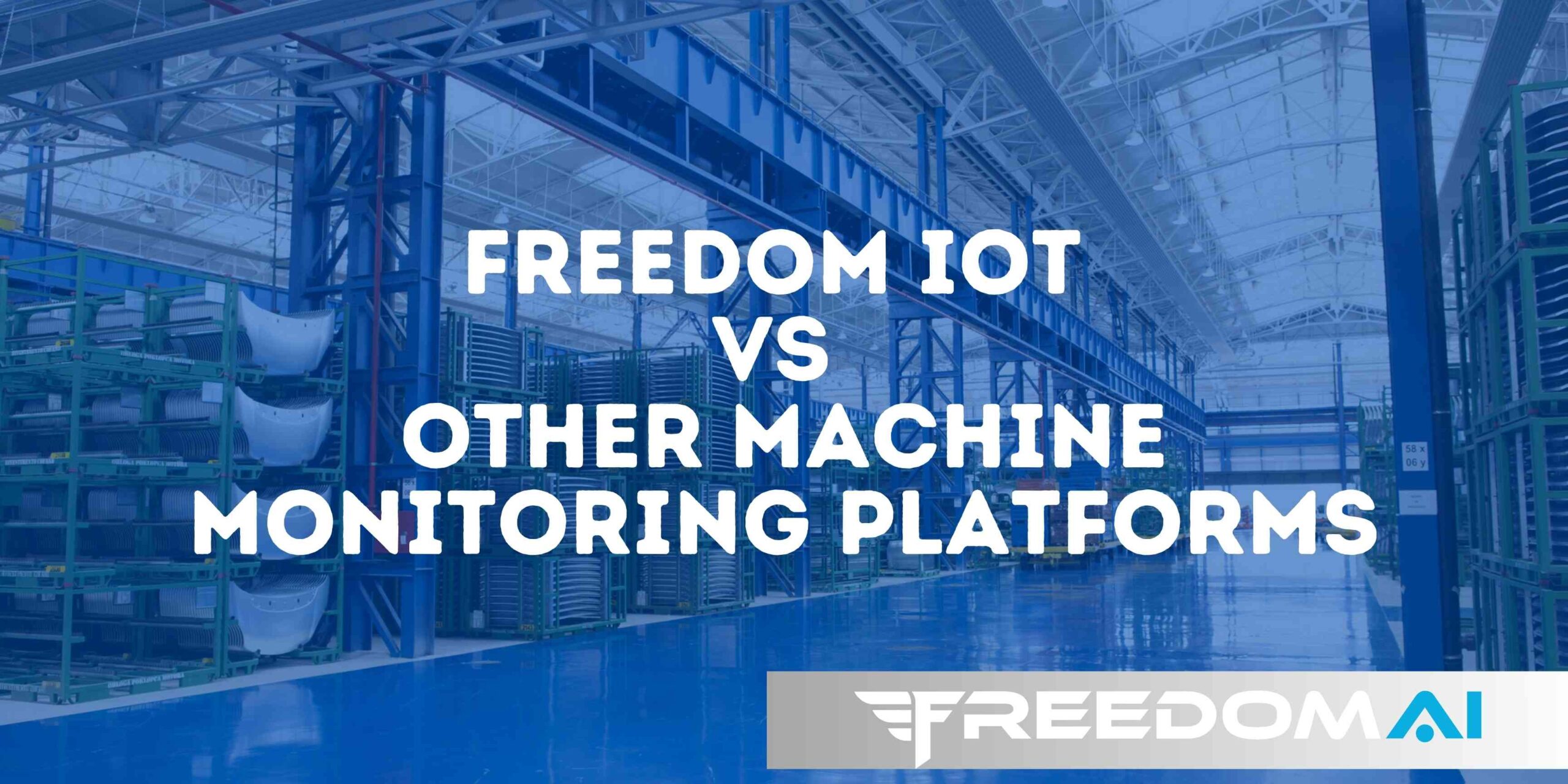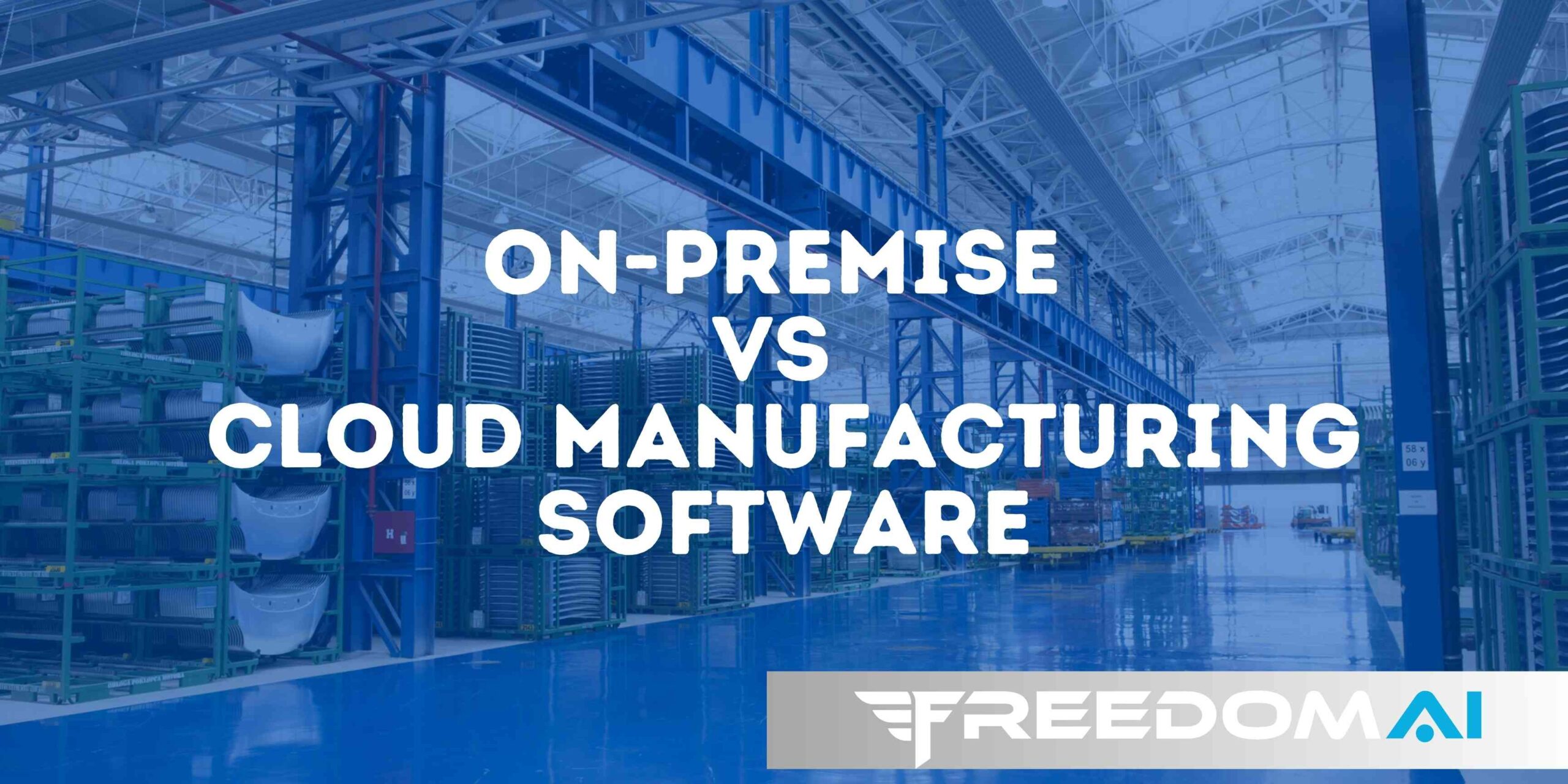Introduction: Why This Comparison Matters
When it comes to equipment care, manufacturers often ask: Should we invest in predictive maintenance or stick with preventive maintenance? Both approaches aim to reduce downtime, extend asset life, and improve efficiency, but they differ in cost, technology requirements, and results.
This article compares predictive vs preventive maintenance side by side, so technical buyers, engineers, and executives can make informed decisions—and see how Freedom IOT supports both.
What is Preventive Maintenance?
Preventive maintenance is a scheduled approach to asset care. Equipment is serviced at regular intervals (time-based or usage-based), regardless of its current condition.
Example: Changing machine oil every 3 months, even if the oil is still in good condition.
- Goal: Prevent failures before they occur.
- Method: Fixed schedules, OEM recommendations, calendar- or meter-based triggers.
- Data dependency: Low—requires little to no sensor data.
What is Predictive Maintenance?
Predictive maintenance uses real-time data, sensors, and analytics to predict when equipment is likely to fail. Instead of following a fixed schedule, it monitors actual machine conditions (vibration, temperature, runtime, etc.) to determine the optimal time for intervention.
Example: Changing machine oil only when sensors show degradation.
- Goal: Anticipate and prevent unexpected breakdowns.
- Method: Condition monitoring, AI, IoT, and data analytics.
- Data dependency: High—requires robust machine monitoring.
Key Similarities
Both predictive and preventive maintenance share the same objectives:
- Reduce unplanned downtime.
- Extend asset lifespan.
- Improve operational efficiency.
- Lower long-term maintenance costs.
- Support safety and compliance standards.
Key Differences (Comparison Table)
| Feature | Preventive Maintenance | Predictive Maintenance |
| Approach | Time- or usage-based | Data- and condition-based |
| Technology Needs | Low (manual logs, schedules) | High (sensors, IoT, analytics) |
| Cost to Implement | Lower upfront | Higher upfront |
| Ongoing Costs | Higher (over-maintenance, wasted resources) | Lower (optimized service timing) |
| Downtime Risk | Moderate—failures may still occur between schedules | Low—issues predicted before failure |
| Accuracy | Preventive but not precise | Highly precise and customized |
| Best Fit For | Smaller operations or budget-limited plants | Data-driven factories aiming for smart manufacturing |
Pros and Cons of Each
Preventive Maintenance
Pros:
- Simple to implement.
- Low upfront technology investment.
- Easier workforce adoption.
Cons:
- May waste resources (unnecessary part replacements).
- Still risks unexpected breakdowns.
- Less optimized for modern “Smart Factory” operations.
Predictive Maintenance
Pros:
- Reduces unexpected downtime.
- Maximizes asset lifespan.
- Optimizes spare parts and labor use.
- Enables continuous improvement with machine data.
Cons:
- Higher initial investment in sensors and software.
- Requires skilled teams to manage data and insights.
- May be overkill for smaller operations with fewer assets.
Recommendation: How Freedom IOT Supports Both
The right choice depends on your business goals:
- Preventive maintenance works well for operations looking for a cost-effective starting point.
- Predictive maintenance is ideal for manufacturers pursuing a smart factory strategy with real-time analytics.
Freedom IOT supports both approaches:
- Built-in scheduled maintenance tracking (for preventive programs).
- Advanced machine monitoring and predictive analytics (for condition-based care).
- Interoperability with MTConnect and OPC UA, ensuring your machines communicate reliably no matter the approach.
- Scalable design—start with preventive, upgrade to predictive without re-platforming.
Comparison Grid
| Criteria | Preventive | Predictive | Freedom IOT Support |
| Protocol Type | Manual / basic CMMS | IoT, MTConnect, OPC UA | Supports both standards |
| Interoperability | Low | High | Unified data model across machines |
| Ease of Use | Simple schedules | Requires analytics | Dashboard for both |
| Cost | Lower upfront, higher ongoing | Higher upfront, lower ongoing | Flexible deployment options |
| Scalability | Limited | Highly scalable | Start small, grow into predictive |





